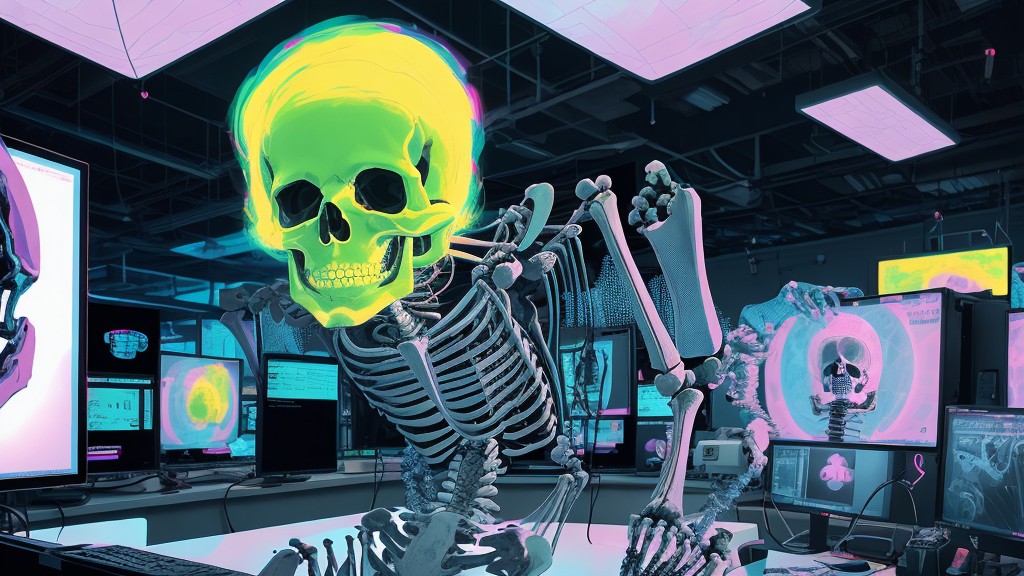
The Dawn of a New Era: How AI and Large Language Models are Pioneering the Shift towards Distributed Deployment Models

The Dawn of a New Era: How AI and Large Language Models are Pioneering the Shift towards Distributed Deployment Models
The evolution of technology is often seen as an inexorable march forward. This perception is not far from reality, as recent advancements in Artificial Intelligence (AI) and Large Language Models (LLMs) are driving radical changes in the landscape of technology infrastructure. We’re standing on the precipice of a paradigm shift from traditional cloud-based structures to forward-thinking distributed deployment models.
AI and LLMs have already brought transformation in data processing and information interpretation, changing the way we view and interact with digital content. But the story doesn’t end there. These technological breakthroughs are not merely altering the face of data interpretation – they’re revolutionizing our approach to technology infrastructure itself.
So, what is this shift all about? Well, the distributed deployment model involves spreading computing resources across various points rather than concentrating them at one centralized location, as in traditional cloud-based models. This methodology increases data resilience, enhances performance, and reduces latency, bringing about a significant improvement in user experience and reliability.
While the cloud model of data storage and management still reigns supreme in the current scenario, the rise of AI and LLMs is gradually nudging the tech world towards this new horizon of distributed deployment. The most enthralling part of this revolution is the way AI and LLMs are leveraging this model to improve performance, allowing these technologies to handle large data sets and execute complex processes with increased efficiency and speed.
For instance, LLMs are built to understand and generate human-like text, which requires massive amounts of data and computational power. Distributed deployment models enable the spreading of these processes across multiple nodes, fostering improved performance and scalability.
As we venture further into the 21st century, the question on many minds is: “Are distributed deployment models the future of tech infrastructure?” While it’s still early days for this technological revolution, signs point towards an affirmative response. The benefits of enhanced performance, data resilience, and user experience provided by this model make it an enticing prospect for the future of tech infrastructure.
We’re in an exciting period of transformation in the tech landscape. The rise of AI and LLMs and the consequent shift towards distributed deployment models signal the dawn of a new era. It’s time to rethink traditional notions about technology infrastructure and prepare ourselves for the next wave of innovation.
Your thoughts on this transformation are invaluable. Are you ready for this shift towards distributed deployment models? Could they be the future of our tech infrastructure? Let’s continue this conversation and drive the dialogue of this exciting new chapter in technology together!





